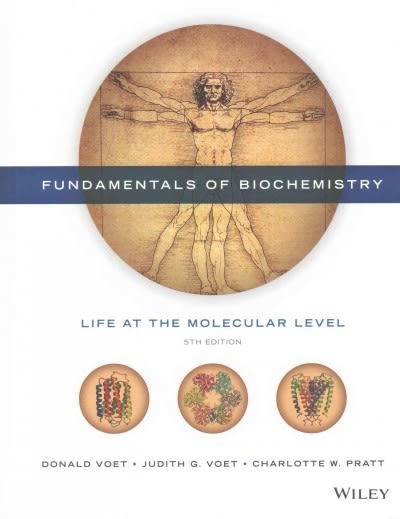Ethanol in the body is oxidized to acetaldehyde (CH 3 CHO) by liver alcohol dehydrogenase (LADH). Other
Question:
Ethanol in the body is oxidized to acetaldehyde (CH3CHO) by liver alcohol dehydrogenase (LADH). Other alcohols are also oxidized by LADH. For example, methanol CH3OH), which is mildly intoxicating, is oxidized by LADH to the quite toxic product formaldehyde (CH2O). The toxic eff ects of ingesting methanol (a component of many commercial solvents) can be reduced by administering ethanol. The ethanol acts as a competitive inhibitor of the methanol by displacing it from LADH. This provides sufficient time for the methanol to be harmlessly excreted by the kidneys. If an individual has ingested 100 mL of methanol (a lethal dose), how much 100 proof whiskey (50% ethanol by volume) must he imbibe to reduce the activity of his LADH toward methanol to 5% of its original value? The adult human body contains ~40 L of aqueous fluids throughout which ingested alcohols are rapidly and uniformly mixed. The densities of ethanol and methanol are both 0.79 g ∙ cm−3. Assume the KM values of LADH for ethanol and methanol to be 1.0 × 10−3 M and 1.0 × 10−2 M, respectively, and that KI = KM for ethanol.
Step by Step Answer:

Fundamentals Of Biochemistry Life At The Molecular Level
ISBN: 9781118918401
5th Edition
Authors: Donald Voet, Judith G Voet, Charlotte W Pratt





